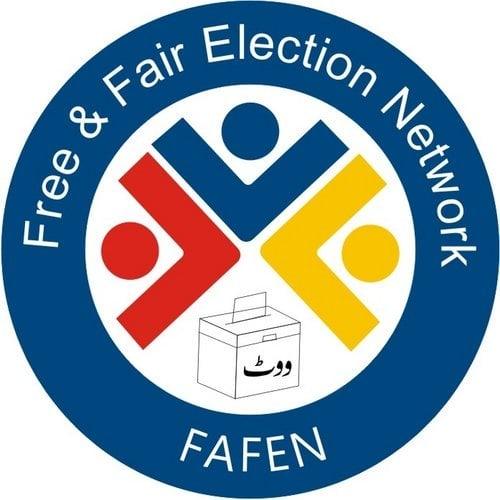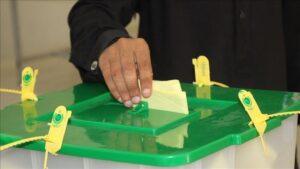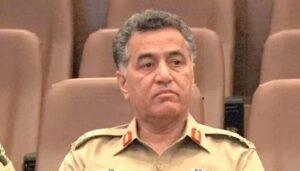A new report published on Sunday by the free and fair elections network (Fafen) highlights an important gender divergence in the voting patterns between communities in the general elections of 2024.
The study found that in 18% of the communities, the voters elected different candidates to those of their male counterparts in the electoral districts of the National Assembly, despite voting in electoral schools designated for men and women within the same jurisdictions .
The Fafen report, which compares the results of 42,804 male and female electoral colleges in 21,188 communities, shows that in most areas (82%) male and female voters selected the same candidate.
However, the report also reveals regional and urban-rural disparities in voter preferences, and urban areas show more differences in voting options compared to rural regions.
Among the regions, Islamabad had the greatest proportion of communities where male and female voters did not agree on the winning candidate, with 37% of the electoral communities showing a discrepancy.
Baluchistan followed with 32%, while Sindh and Punjab were 19%and 18%, respectively. Khyber-Pakhtunkhwa registered the lowest level with 13%.
The report also sheds light on the specific tendencies of the parties: in the 3,884 communities where women’s options differ from those of men, Pakistan Tehreek-E-Insaf (PTI) obtained more support from women in 1,260 communities, followed For the Pakistan Nawaz Muslim League (PML-N). ) in 1,027 communities and parliamentarians of the Popular Party of Pakistan (PPPP) in 694.
At the regional level, the PTI found a strong support of women throughout the country, the PML-N remained dominant in Punjab and the PPPP enjoyed significant support in Sindh.
In terms of the results of the electoral districts, women’s vote preferences in 37 electoral districts were fundamental, and the greatest proportion of voter women did not support the winning candidate.
On the contrary, in 226 electoral districts, female voters greatly supported the victorious candidate. In particular, in seven electoral districts, such as NA-43 Tank-Cum-Dera Ismail Khan and NA-49 ATOCK-I, the votes of the women determined the electoral result, and the PTI benefited from substantial advantages in the female electoral schools .




